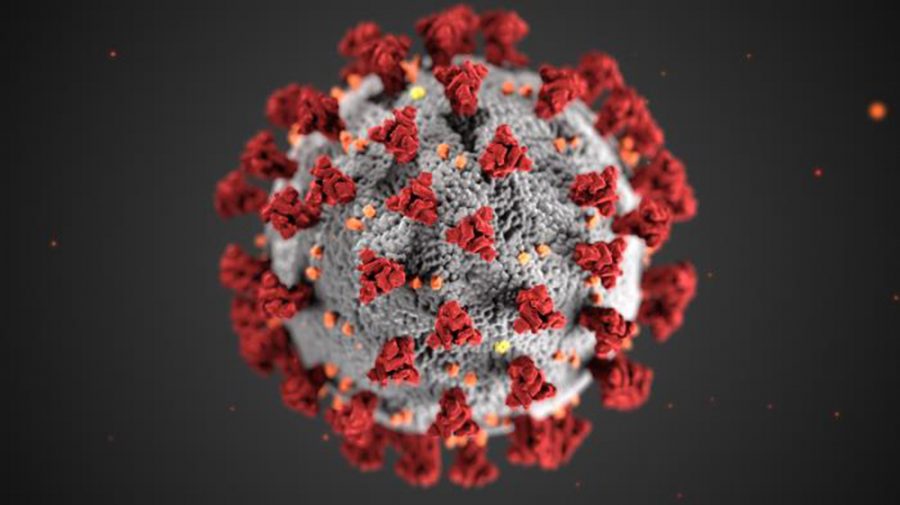What are Infectious Diseases?
Pictured is an illustration of the coronavirus released by the CDC.
May 15, 2020
Infectious diseases are illnesses in which pathogens enter a host that can contract it, such as humans. A prime example of an infectious disease is COVID-19, which is a virus from the Coronaviridae family. This family of viruses mainly infects mammals and birds.
COVID-19 is a zoonosis, which is when a disease evolves to infect another species. Originally, coronavirus infected bats and other mammals, but it recently evolved to be able to infect humans.
Viruses can be spread by direct contact with an infected individual, by touching objects that have the disease on them, and by airborne droplets from sneezes and coughs. They can enter the body through the nose, mouth, eyes, and open wounds, that is why it is important to wear a mask, wash your hands, and avoid touching your face during this time.
The stages of an infectious disease consist of the incubation period, prodromal period, period of illness, period of decline, and period of convalescence.
The incubation period is the time between the initial appearance of an infection and there are no signs or symptoms present. COVID-19’s incubation period is anywhere between 3-14 days. During the prodromal period, some signs and symptoms will begin to appear. The period of illness is when the disease is at its height. If someone has COVID-19, they may experience difficulty breathing, cough, fever, etc, but some infected individuals may not show any signs or symptoms.
Researchers are still learning more about the signs and symptoms of COVID-19. During the period of decline, the disease’s symptoms and signs subside. In the period of convalescence, the body returns to normal.

